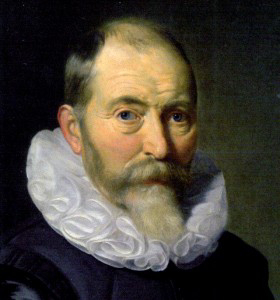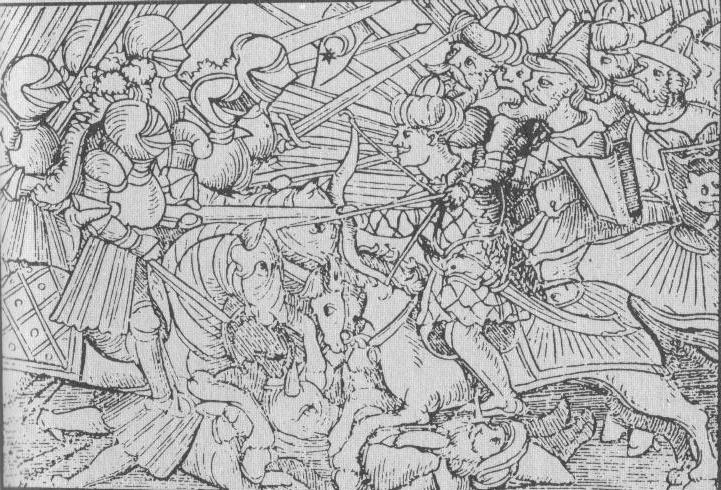Introduction
Isaac Newton, one of the most brilliant minds in the history of science, is renowned for his groundbreaking contributions to physics. His profound insights into the laws of motion and universal gravitation laid the foundation for classical mechanics and revolutionized our understanding of the physical world. In this article, we will explore the life and achievements of this iconic physicist, as well as his profound influence on the field of physics.
 |
| Sir Isaac Newton (1643-1727) |
|
Early Life and Education
Isaac Newton was born on January 4, 1643, in Woolsthorpe, England. His early life was marked by hardship, as he grew up in a farming family following the premature death of his father. However, his exceptional intellect soon became evident, and he attended The King's School in Grantham, where his interest in mathematics and science first took root.
In 1661, Newton enrolled at Trinity College, Cambridge, where he embarked on a journey that would change the course of scientific history. At Cambridge, he delved into the study of mathematics and physics, laying the groundwork for his future groundbreaking discoveries.
Laws of Motion
Newton's three laws of motion, often referred to as Newton's Laws, are the cornerstone of classical mechanics. They describe the fundamental principles governing the motion of objects and remain integral to our understanding of the physical universe.
1. Newton's First Law of Motion: The Law of Inertia
Newton's first law states that an object at rest will stay at rest, and an object in motion will stay in motion at a constant velocity unless acted upon by an external force. In other words, an object will maintain its state of motion unless compelled to change by an unbalanced force.
This law fundamentally altered the way we perceive motion, introducing the concept of inertia, which is the tendency of objects to resist changes in their state of motion.
2. Newton's Second Law of Motion: The Law of Force and Acceleration
The second law of motion relates force, mass, and acceleration. It can be expressed mathematically as F = ma, where F represents force, m is the mass of the object, and a is its acceleration. This law elucidates the relationship between force and the rate of change of an object's velocity.
Newton's second law allowed for precise calculations of how forces influence the motion of objects, making it an invaluable tool in both science and engineering.
3. Newton's Third Law of Motion: The Law of Action and Reaction
Newton's third law posits that for every action, there is an equal and opposite reaction. In simpler terms, when one object exerts a force on another, the second object exerts an equal and opposite force on the first. This law is the foundation of the conservation of momentum and explains phenomena as diverse as rocket propulsion and walking.
Universal Gravitation
Newton's law of universal gravitation was a milestone in the history of science. Published in his work "Philosophiæ Naturalis Principia Mathematica" in 1687, it revolutionized our understanding of the force that governs the motion of celestial bodies.
The law of universal gravitation states that every mass attracts every other mass in the universe with a force that is directly proportional to the product of their masses and inversely proportional to the square of the distance between them. This discovery provided a unified explanation for the motion of the planets, the behavior of tides, and the falling of objects on Earth. It effectively merged terrestrial and celestial mechanics into a single coherent framework.
The Impact of Newton's Work
Isaac Newton's laws and theories radically transformed our understanding of the natural world. His work became the cornerstone of classical physics, and it still forms the basis of our scientific endeavors today. His influence is immeasurable, and here are a few areas where his legacy is most pronounced:
1. Astronomy: Newton's law of universal gravitation made it possible to calculate the orbits of planets and predict astronomical events, leading to the eventual discovery of Neptune and the exploration of outer space.
2. Engineering: Newton's laws of motion are foundational principles in engineering, allowing us to design everything from bridges to spacecraft with precision.
3. Modern Science: His methods of inquiry and mathematical rigor laid the groundwork for the scientific method and critical thinking in science.
4. Mathematics: Newton made significant contributions to mathematics, including the development of calculus, which is a fundamental branch of mathematics.
5. Physics: Newton's laws are still taught in every physics classroom, and while they have been refined with the advent of relativity and quantum mechanics, they remain incredibly accurate in everyday situations.
Conclusion
Isaac Newton's work revolutionized our understanding of the physical universe. His laws of motion and the law of universal gravitation have stood the test of time, remaining as critical pillars in the edifice of modern physics. Beyond his scientific contributions, Newton's methods of inquiry, dedication to empirical evidence, and commitment to mathematical rigor continue to inspire scientists and thinkers to this day. His life and work serve as a testament to the power of human intellect and the enduring impact of scientific exploration. As we celebrate the genius of Isaac Newton, we are reminded of the endless possibilities that await those who dare to inquire and explore the mysteries of the cosmos.
"No Great Discovery Was Ever Made Without A Bold Guess. "--Sir Isaac Newton.








.jpg)
.jpg)
































